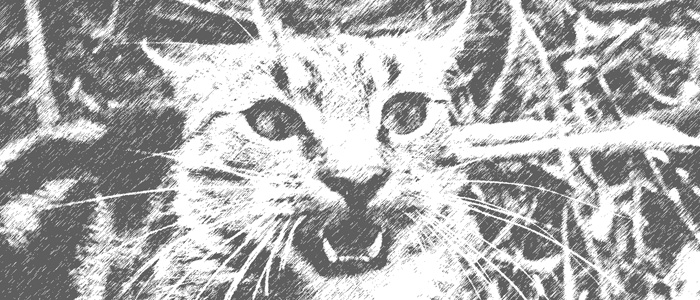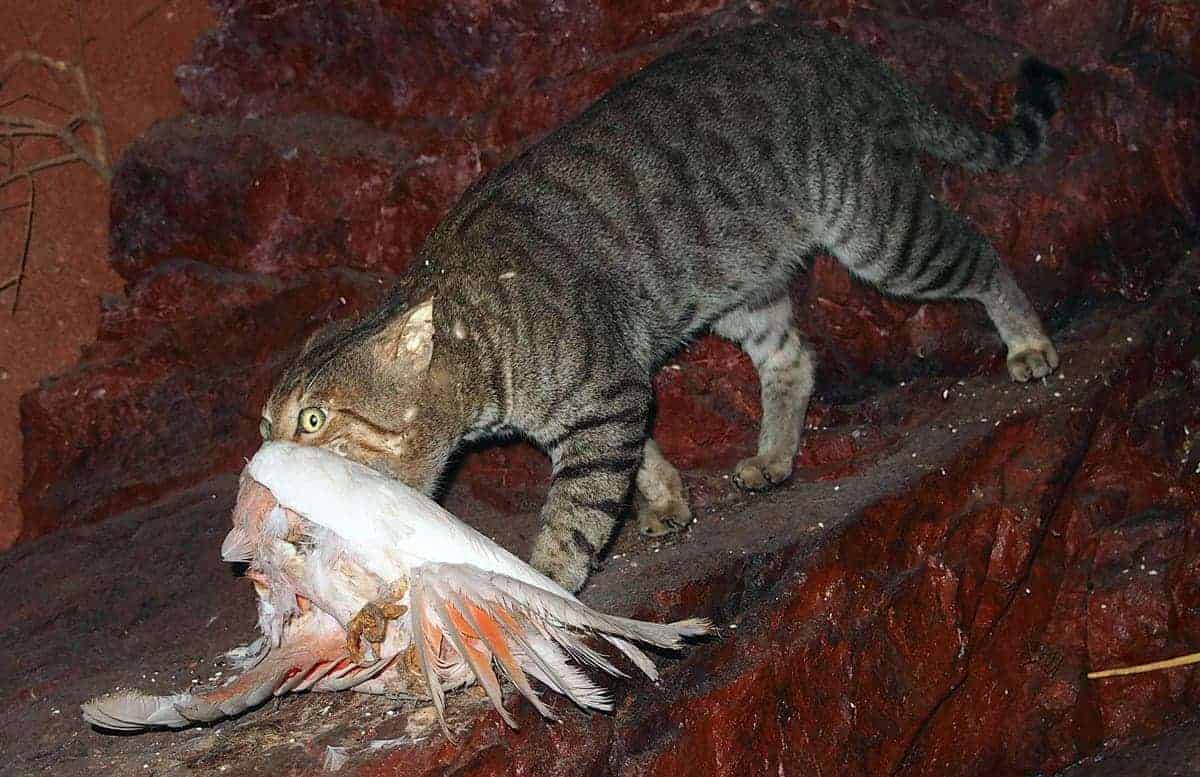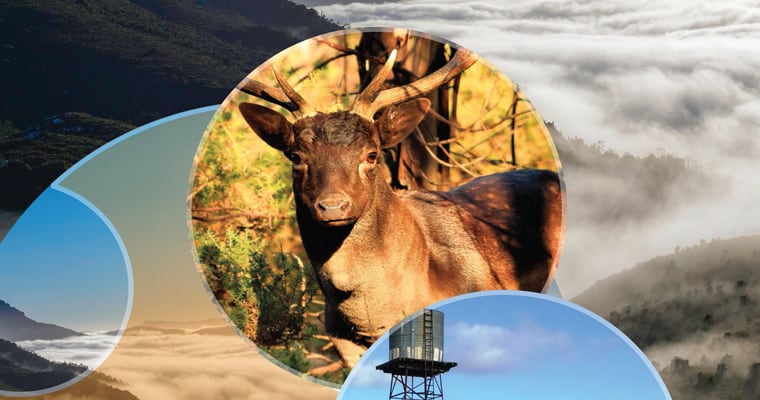
A new report reveals that feral animals and diseases introduced into Australia pose a greater ongoing threat to the nation’s most vulnerable native animals than habitat loss.
It also confirms feral cats as the number one problem for our threatened mammals, ranking ahead of inappropriate fire regimes, foxes and habitat loss.
The report shows that:
- Introduced species are a threat to more than three-quarters of amphibians, birds and mammals listed on Australia’s national threatened species list.
- Introduced species are a threat to more than half the plants, fish, reptiles and invertebrates listed on Australia’s national threatened species list.
Written by ecologist and author Tim Low, the report questions the idea that habitat loss is the main driver of extinction and species loss in Australia.
“Habitat loss is often assumed to be the main threatening process in Australia, but the evidence indicates that invasive species have caused the most animal extinctions, and pose the main threat to some animal groups,” Mr Low writes in the report.
He says Australia’s smaller mammals proved very vulnerable after evolving in isolation on a continent lacking carnivores that operate like foxes and cats. The same isolation has left Australia’s wildlife susceptible to any number of introduced organisms, including cane toads with their unusual toxins, trout released into rivers, hoofed animals, wolf snakes on Christmas Island, and exotic diseases such as the chytrid fungus, which has caused six frog extinctions.
Australia has lost more mammal species than any other country. Feral cats and foxes are blamed for most of the losses.
In the report Mr Low concludes that invasive species have been the main cause of extinctions among animals.
“Invasive species have been the main cause of extinction of Australia’s mammals, birds, reptiles and frogs, and of animals generally. The invasive species causing the most extinctions have been feral cats, red foxes, black rats, chytrid fungus and a trypanosome disease. A wide range of other invasive species are thought to have contributed to some extinctions. This compares with only one vertebrate extinction blamed mainly on habitat loss, that of the toolache wallaby.”
Increased risk to native plants
Analysing the major risks facing Australia’s threatened species the report found that while in the past habitat loss has been the main threat to many native plants, that risk seems to be giving way to weed invasion, diseases and grazing by feral animals such as goats, camels and deer.
While land clearing has declined over time, invasive species have worsened as their numbers and distributions increase.
In south-western Australia past clearing for wheat and sheep left many plant species surviving precariously on roadsides and in small reserves, where, although protected from further clearing, they face serious threats from weed invasion and Phytophthora infection.
Phytophthora, a soil fungus, now threatens several banksias with extinction.
The three disease-causing organisms doing the most harm to native species – the chytrid fungus, Phytophthora and myrtle rust – are all introduced.
Greater action needed
The report recommends a stronger focus on invasive species by governments and conservation groups. A very strong focus on biosecurity is justified to prevent future threats.
Tim Low is a biologist, consultant and author seven books, including Feral Future: The Untold Story of Australia’s Exotic Invaders. In 2002 Tim Low co-founded the Invasive Species Council.









